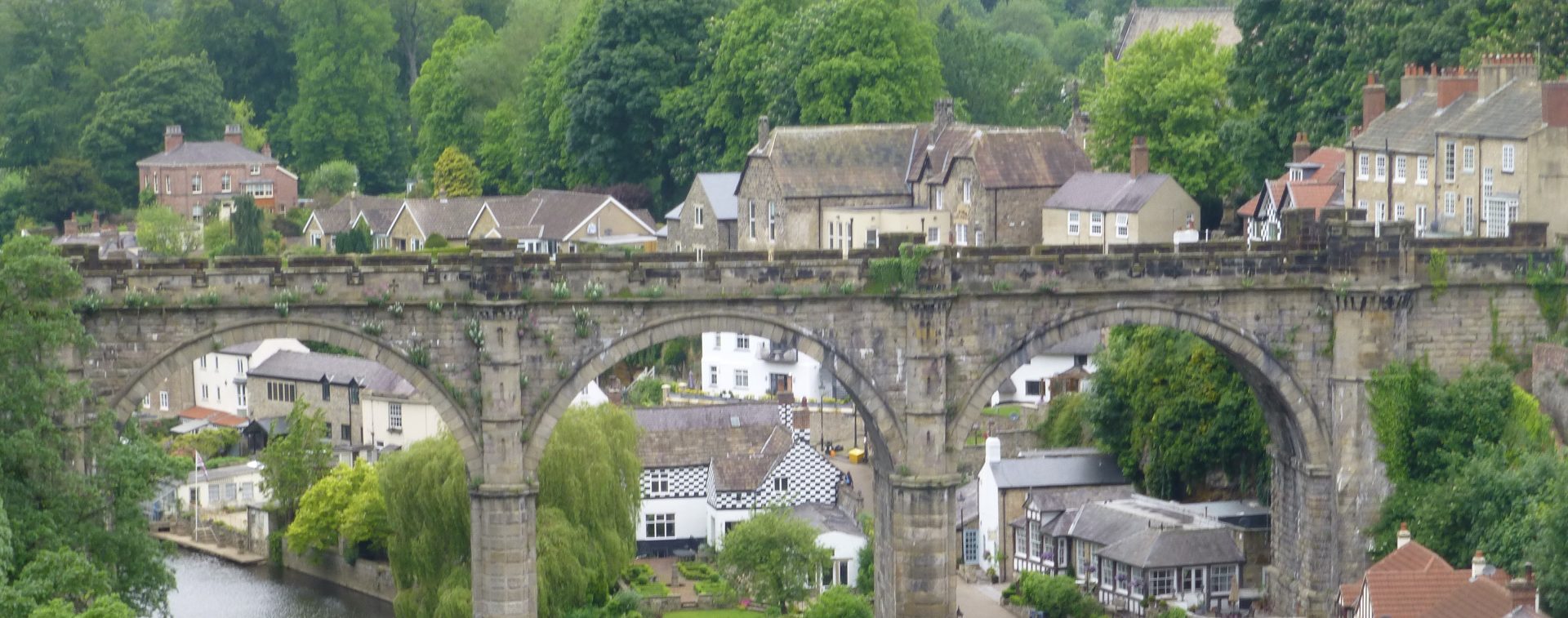I wish I had a nickel for every time an American has held a “high” tea, but never knew what the term meant.
To Americans, high tea is little sandwiches, cakes and hors d’oeuvres. We usually have no concept of what time to have tea and don’t really care (because it’s all about the poshness). Besides, who doesn’t like tea and cakes?
I was watching a British show this morning where the announcer was having a cream tea and realized, “I bet Americans don’t know what a cream tea is!” So, in all brevity, I plan to give you an overview here.
The history of tea as a meal began in the mid 1800s when the Duchess of Bedford, feeling a bit peckish, asked her servant to bring her something to eat. In those days, luncheon was at noon and supper around 8:00 pm, so there was a long break where food was not available. This tradition caught on with Queen Victoria (since the Duchess was a lady in waiting to her majesty). Today, this would be called an afternoon tea or low tea. It’s meant as a refreshment and not a full meal. It’s traditionally provided around 3-4 pm.
The working class would have been working hard all day and a light refreshment wouldn’t be the ticket, so around 5 pm to 7 pm (after all the duchesses and majesties had taken their afternoon tea), the workers would sit down to a meat tea. This was, basically, a full meal with (you guessed it) MEAT and assorted pies, cheeses, and the like.
Meat tea is also called high tea, so if you’re having those little tea cakes and sandwiches, you are having an afternoon tea and not a high tea.
There are other terms referring to tea that you may not have heard.
Elevenses is a term taken from The Hobbit and refers to a late morning snack (you guessed it – at 11 am). It’s composed of muffins, scones, or cookies and hot tea or coffee.
And then, there’s the cream tea. What’s up with that?
It began in the area of Cornwall and Devon (hence, cream tea is also known as Devonshire tea, Devon cream tea or Cornish cream tea). The tradition of spreading Devonshire cream over scones or Cornish “split” bread became popular. So extreme was the rivalry between the two counties for ownership of cream tea’s origin that it even comes down to how you “butter your bread” so to speak. In Devon, a scone is slathered with Devonshire cream before adding jam. In Cornwall, the tradition is butter, then jam, and finally, the cream.
You can also call an afternoon tea a “cream tea” because this type of food would be served then.
I have a sneaking suspicion that the English invent these long and complicated systems for dealing with life to confound Americans and the rest of the world. I bet they love to be asked, “Why do you do that?” Because they can proudly answer, “It’s because we are English, dahling.”
 |
| Tea at Fortnum and Mason |


2 thoughts on “Tea and the Confounding of Americans”
Yep, I'm a tea novice, so this is a great revelation to me. My Scots friend, Fiona has tried to explain it to me, but she figured out it's beyond my IQ. ha!
There is a Tea Festival that I just happened upon about a month ago. I think I'll go next year. It was fun and relevatory! If you're really interested, you might check to see if there's something similar near you. In fact… looks like you just missed it! http://www.pittsburghteaassociation.com/winter-tea-fest.html xxx